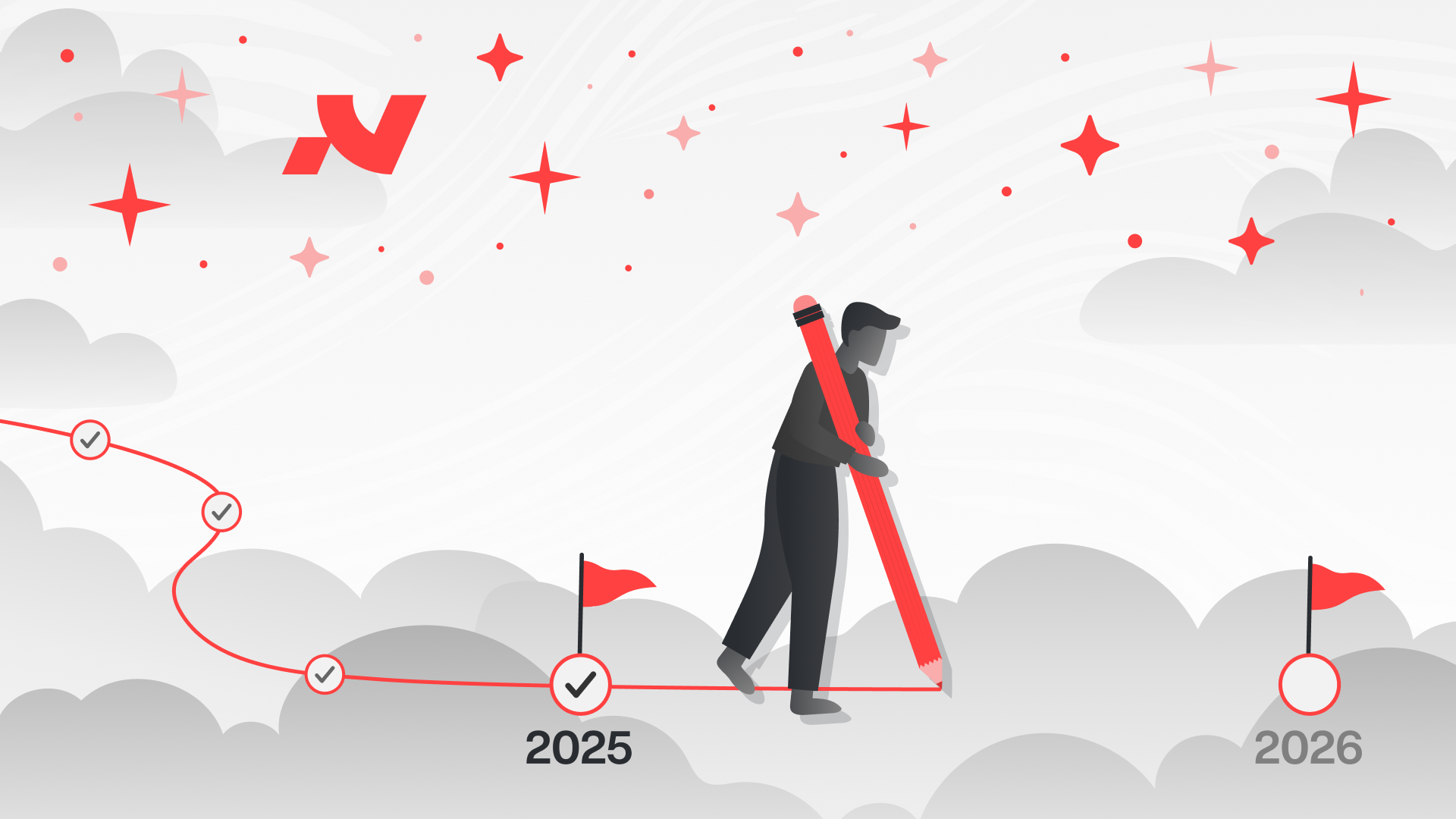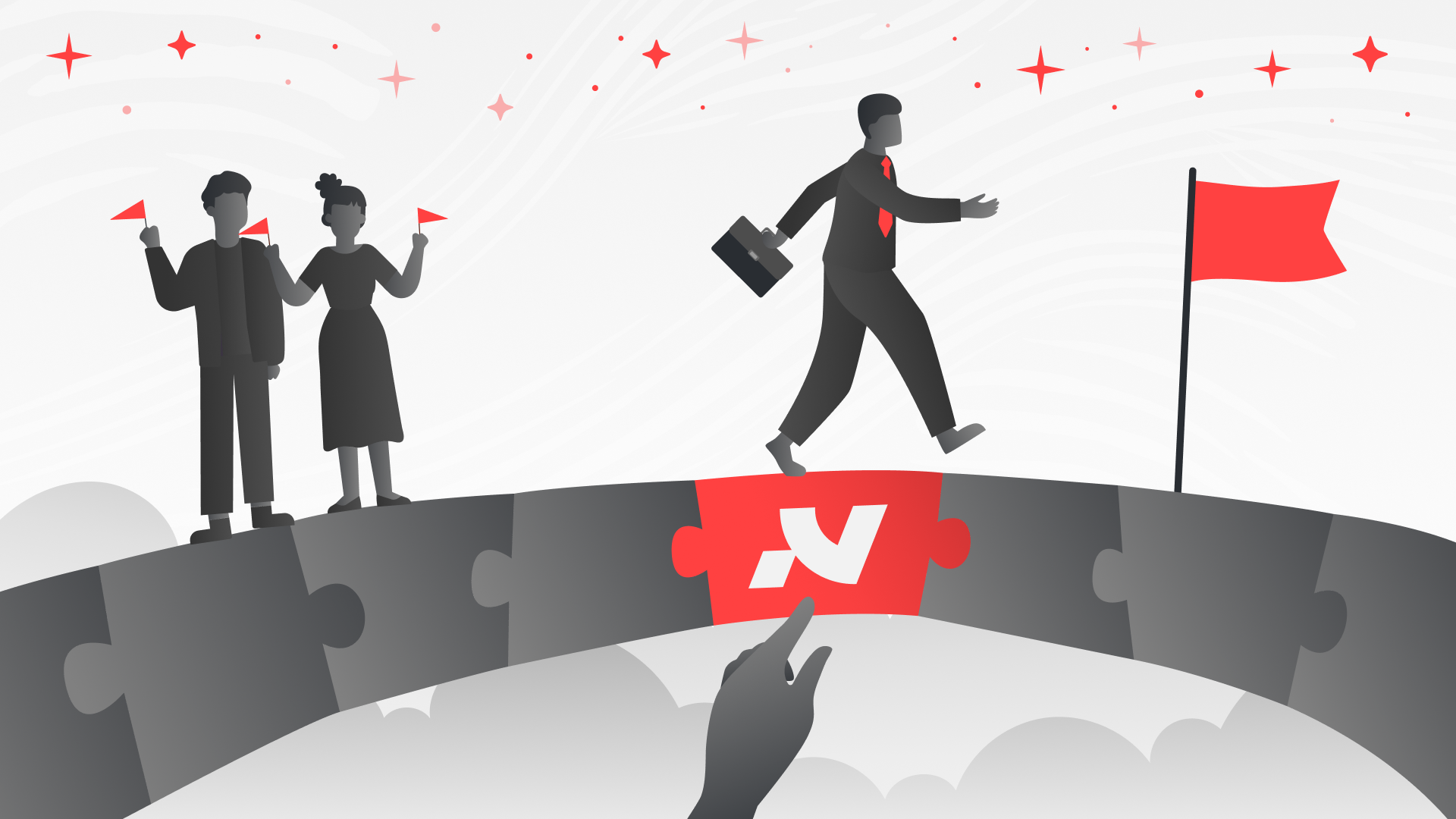The Secret Third Option
.avif)
You’ve been there.
Two choices on the table.
Both kinda suck in different ways.
One benefits someone else more than it should.
The other benefits you — but burns bridges or slows progress.
It feels like a no-win situation.
Like you’re playing someone else’s game and the only moves are theirs.
This is where most people cave.
They pick the “lesser evil,” call it compromise, and live with it.
But here’s the truth:
There’s always a third option.
You just have to be obsessive enough to dig for it.
Default Options Are for Default Thinkers
Every time our COO and I (we go way back — high school-level back) are faced with an unbalanced decision, we default to one thing:
Reject the binary.
Refuse to pick between two bad ideas.
Invent a better one.
We’ve done this so many times now it’s become a running joke.
Someone presents A or B.
We nod politely. Then go build C — and it ends up 10x better.
Why It Works: Everyone Else Stops at “Good Enough”
Most people don’t actually want better options.
They want fast options.
Comfortable options.
Safe options that don’t require late nights or awkward conversations.
We’ve sat in meetings where clients said,
“Well, I guess it’s either this or that.”
And we’re sitting there thinking:
Why are we pretending those are the only levers to pull?
Sometimes it’s not about choosing.
Sometimes it’s about creating.
Elon Musk Has a Rule for This
Say what you want about Musk — but the guy does think differently.
He once said:
“It’s important to reason from first principles rather than by analogy.
Boil things down to the fundamental truths… then reason up from there.”
Translation?
Forget what’s been done.
Ask what actually needs to happen — and build up from scratch.
The Secret Third Option lives in that gap.
It’s not bound by precedent.
It’s born from asking the right questions.
What This Looks Like in Practice
Here’s how this played out at Nexubis:
- We needed a way to grow recurring revenue but hated the idea of hourly billing (inefficient for everyone) and fixed retainers (inflexible for clients). So we built a fully modular subscription model.
Not Option A. Not Option B. Option C.
Now we’ve got predictable income and clients love the flexibility. - We had a high-impact team member coming out of an internship. We didn’t want to dump her in the deep end with no support, but also didn’t want to hold her back with grunt work.
So we gave her ownership of a creative project, positioned her as a leader, and backed her with structure.
Not babying. Not burning out. Just better. - We ran into a scope dispute on a client project. The “choices” were either eat the extra work or push back and sour the relationship.
Instead, we suggested a phased rollout with mini-milestones — they got delivery, we got breathing room.
Everyone won.
The Takeaway: If the Options Suck, Make a New One
Most founders are trained to optimise.
Very few are trained to rethink.
But the real breakthroughs happen when you stop asking,
“Which of these is less painful?”
and start asking,
“What’s the actual goal — and what would solve it?”
There’s usually a better answer hiding under the obvious ones.
But you won’t find it by settling.
So the next time you’re boxed in by Option A or Option B…
pause.
Zoom out.
And build Option C.
Because here’s the truth:
Great companies aren’t built on what’s offered.
They’re built on what’s created.


